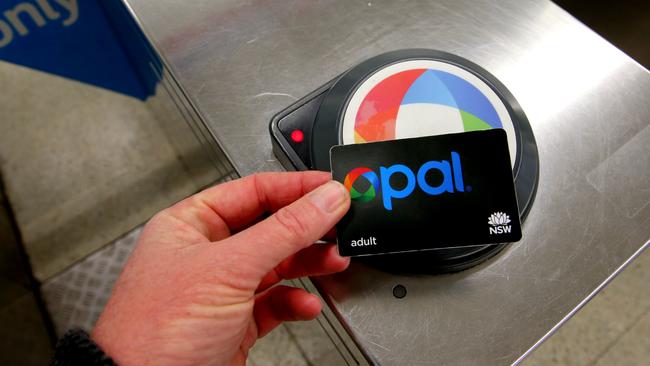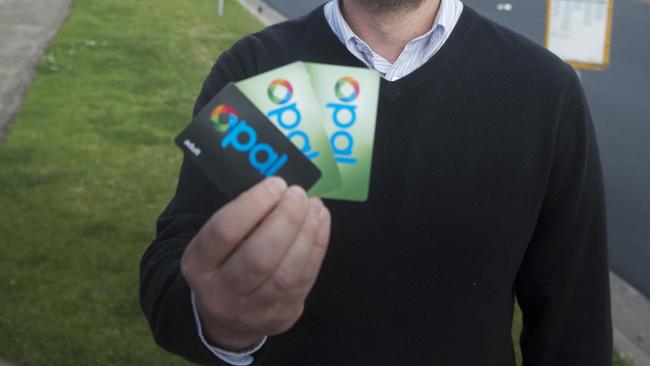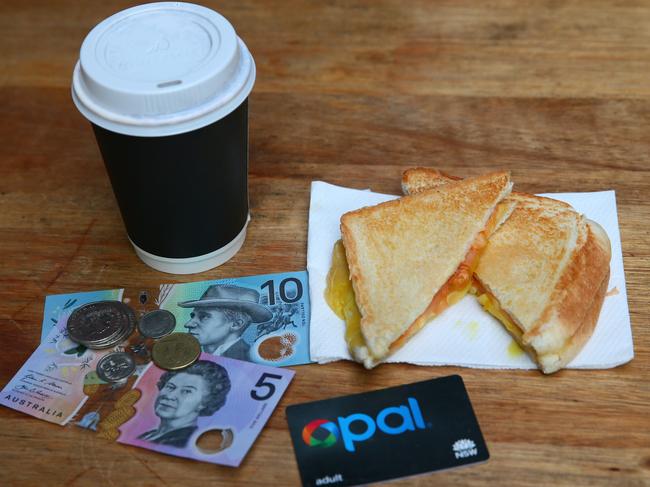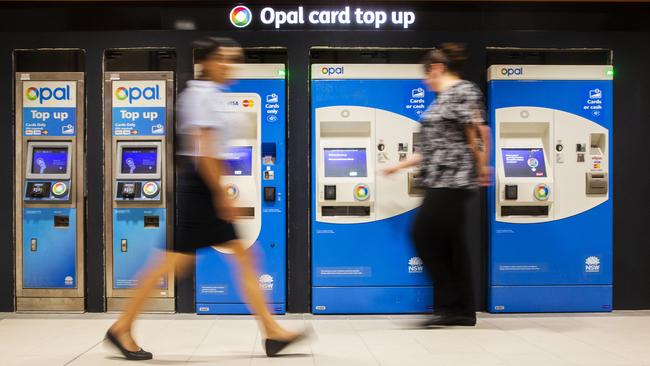How millions are missing out on unclaimed Opal card credits
Tourists and locals alike are missing out on a share of almost $80 million that could be sitting in your back pocket or even your top drawer.
When it comes to tapping on and tapping off, it turns out more and more of us — especially tourists — are failing to collect unused credit on their Opal cards.
An exclusive document obtained by 7 News reveals about 14 million cardholders are owed around $80 million in unused transport credit that is still sitting on their Opal cards.
The figures, obtained in a Freedom of Information document, show many of us are failing to lodge the correct documentation with Transport NSW to receive the refunds, meaning the substantial bank of credit is sitting unclaimed.

According to Transport for NSW figures, more than one million commuters use trains, buses and ferry services daily around Sydney.
But according to the report, many cards are sitting dormant — in unused backpacks, top drawers or perhaps thrown in a bin. That’s around $5.70 wasted per card on average that’s no longer in use.
In a statement sent to news.com.au, a Transport for NSW spokesperson said customers should be encouraged to find their dormant cards and seek a refund for any unclaimed funds.
“By planning ahead, visitors can top up enough to cover their travel and avoid excessive balances remaining on their Opal cards,” they said in a statement.

“Customers should register their Opal card so their balance is always protected, even if their card is lost or stolen. Opal cards are designed to last for years, and Transport for NSW recommends visitors consider keeping their card for future trips to Sydney or pass it on to family and friends.”
Many of these dormant cards are purchased by tourists who are no longer in the country and needing to use the NSW transport system.
The spokesperson said future visitors to Sydney should consider using contactless transport payments, which are rolling out in stages across Opal-enabled buses and are already available on trains, ferries and light rail.
“The system provides a convenient alternative to Opal cards and allows customers to pay their fare as they go on public transport in the Opal network,” they read.
“Simply tap on and tap off with a debit/credit card or a linked device and get the same fare and travel benefits of an Opal card.”

Opal cards were introduced in 2012 as a contactless fare collection system for public transport services in the greater Sydney area of New South Wales.
Users of the cards are able to request a refund, and the cards can be transferred to another person for use.
However, the transfer of funds from one card to another isn’t as simple as it sounds.
First, there are no part refunds. You can only apply for a refund in the amount of the full refundable balance of your Opal card. So if you have $15 on your card, you can only receive the full amount back as a refund in the form of a cheque.
That’s because no refunds will be made in cash. As part of the refund process, you will need to provide details of an Australian bank account. If bank account details are not supplied, a cheque will be sent if the amount is over $5 to the Australian address specified in the refund form only. No refund cheques will be sent overseas.

If your Opal card is cancelled or expired, you must claim a refund or request a balance transfer within 90 days from when your Opal card expired. If you don’t make a claim, you will forfeit the Opal card balance.
If you’ve lost your Opal card or it has been stolen, Transport for NSW will not provide refunds for any balance remaining on the card. The advice is to report the incident immediately, and then you may be able to obtain a balance transfer.
Advice for tourists visiting Sydney is to either hold on to your card for a future visit, give it to family or friends or request a refund providing you have an Australian address and bank account.
The process of getting the refund requires printing a form from the Transport for NSW website that must be filled in and posted. The refunding process will take around one month to reach your bank account.
